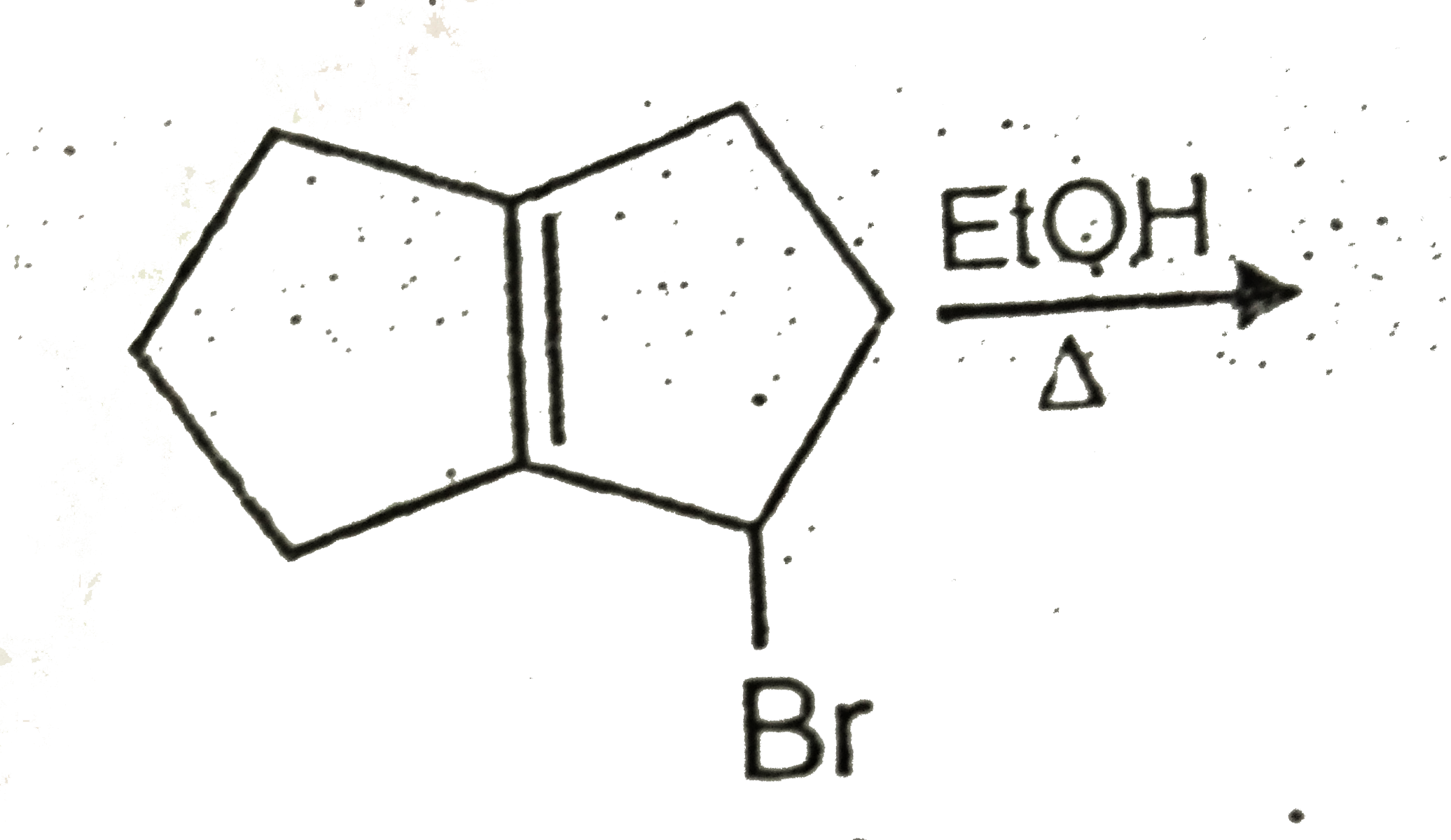How many minimum NAND GATES are required for obtaining an output of A. B + C. D ?
The correct Answer is:3
To determine the minimum number of NAND gates required to obtain the output of A⋅B+C⋅D, we can follow these steps:
Step 1: Understand the Expression
The expression A⋅B+C⋅D is in the Sum of Products (SOP) form. This means we need to find a way to implement this expression using NAND gates.
Step 2: Apply De Morgan's Theorem
Using De Morgan's theorem, we can rewrite the expression in a form suitable for NAND gates. According to De Morgan's theorem:
X+Y=(X′⋅Y′)′
Thus, we can express A⋅B+C⋅D as:
(A⋅B+C⋅D)′′
This means we will first find A⋅B and C⋅D, and then apply the NAND operation on the results.
Step 3: Implementing the Terms
1. First NAND gate: To find A⋅B, we can use a NAND gate. The output of this gate will be (A⋅B)′.
- Inputs: A, B
- Output: (A⋅B)′
2. Second NAND gate: To find C⋅D, we can use another NAND gate. The output will be (C⋅D)′.
- Inputs: C, D
- Output: (C⋅D)′
Step 4: Combine the Results
3. Third NAND gate: Now, we need to combine the outputs of the first two NAND gates. We will take the outputs (A⋅B)′ and (C⋅D)′ and apply a NAND operation to them.
- Inputs: (A⋅B)′, (C⋅D)′
- Output: ((A⋅B)′⋅(C⋅D)′)′ which is equivalent to A⋅B+C⋅D.
Conclusion
Thus, the minimum number of NAND gates required to implement the expression A⋅B+C⋅D is 3.
The expression A⋅B+C⋅D is in the Sum of Products (SOP) form. This means we need to find a way to implement this expression using NAND gates.
Using De Morgan's theorem, we can rewrite the expression in a form suitable for NAND gates. According to De Morgan's theorem:
X+Y=(X′⋅Y′)′
Thus, we can express A⋅B+C⋅D as:
(A⋅B+C⋅D)′′
This means we will first find A⋅B and C⋅D, and then apply the NAND operation on the results.
1. First NAND gate: To find A⋅B, we can use a NAND gate. The output of this gate will be (A⋅B)′.
- Inputs: A, B
- Output: (A⋅B)′
- Inputs: C, D
- Output: (C⋅D)′
3. Third NAND gate: Now, we need to combine the outputs of the first two NAND gates. We will take the outputs (A⋅B)′ and (C⋅D)′ and apply a NAND operation to them.
- Inputs: (A⋅B)′, (C⋅D)′
- Output: ((A⋅B)′⋅(C⋅D)′)′ which is equivalent to A⋅B+C⋅D.
Thus, the minimum number of NAND gates required to implement the expression A⋅B+C⋅D is 3.
Similar Questions
Knowledge Check
How many meiotic divisions are required to produce 200 pollen grains ?
(a) 40
(b) 50
(c) 100
(d) 200A40B50C100D200
The minimum NOR gates are required to make one NAND gate are
View SolutionHow many electron and protons are required to fix a dinitrogen ?
View SolutionHow many cleavages are required for formation of 16 blastomeres .
View SolutionHow many NAND gates used to form AND gate.
View SolutionHow many predominant products are obtained in the reaction ?

View SolutionHow many meiosis are required to produce 50 seeds of tobacco?
(a) 62
(b) 100
(c) 63
(d) 50
View SolutionHow many generations are required by a cell of meristem to produce 256 cells ?
(a) 255
(b) 64
(c) 128
(d) 8
View Solution
